
How do you select imagery for your work? Which faces or images appeal?
Film images inspire my paintings and drawings so I watch a lot! Since images are everywhere from newspapers to the Internet anything can inspire me if it strikes me in the right way. Each series I create is related to some event or story, so for each I’m looking for a particular kind of image or face. The moment in which I find the model I want to use is very specific and based on instinct, and it’s not always the obvious.
Please describe your process. And what is it about the strong, but minimal colours that speaks to you?
Firstly it’s often an idea or story taken from a book I’ve read or thought of, or just the desire to create. Then I look for the right imagery. After the work begins in the studio where I surround myself with images to inspire me. I usually start many paintings at the same time and then slowly I work on each one. I gradually add layers of paint or ink and I use as many as physically possible. Black is always intense in my drawings and paintings. Lately I’ve been playing with different colors, strong green and blue were added to the existing red and to my beloved black and white.
Can you tell me more about the sources and stories within these three pieces? Are they fresh from the studio?
The Invisible Adventure (2014-15) I is a title that I borrowed from a Claude Cahun text. It’s related to the big adventures that as an artist you face in your studio and that are invisible to others. This painting has many faces inside one face. I wanted to push the limit between a portrait and the profile painting.
Ada (2014) is the result of a mix of two images, one is a famous dancer from the early 20th century, the other is a very expressive face. Ada turned out to be the portrait of a strong and confident woman, albeit perhaps a bit too much inside her head.
Eliza (2013) was inspired by the face of a female prostitute from the 1940’s in Chicago. It has become a double portrait, one face and one shadow.
I’m happy talking about what inspire each work but also believe it’s sometimes good not to give too much away. Its good if you know but it’s also good if you don’t. That way the viewer is freer looking at each painting and can create their own narrative.
Tracing paper is a very delicate material. How and why do you work with it?
I stared to work with tracing paper back in 1995 in my first drawings. Right now I’m working mostly with acrylic on canvas but I’m pretty sure I will go sometimes back to the tracing paper. Tracing paper has this amazing quality of being extremely fragile and very resistant at the same time. The use of water and ink creates the blotches and all this gives it a third dimension. It’s very physical and sensual. These characteristics of my tracing paper technique transfer to my works of acrylic on canvas.
What kind of atmosphere do you try to create within your paintings? What is that drives you? Or do you find each work drives itself?
A different atmosphere is particular to each series. I always look for intensity and confrontation and I’m rather found of dark and mysterious environments. I see myself in the tradition of Frankenstein or the rabbi Judah Loew ben Bezalel, the creator of the Golem. To draw and paint is to create the possibility of something unique and to fight for some kind of perfection that is unattainable. A long way to failure one could describe it!
What’s next for you, what’s coming up in 2017? Do you have plans for more video work? Who would you like to paint next?
I’m preparing works for an exhibition that will take place in Berlin in Spring 2017 where I will show a new series related to the works of the late movie director Manoel de Oliveira.
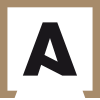



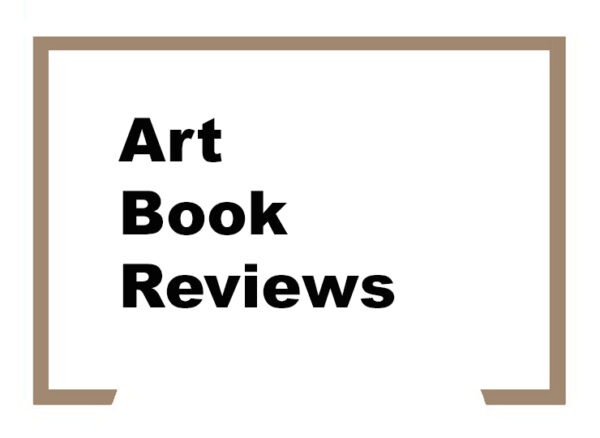
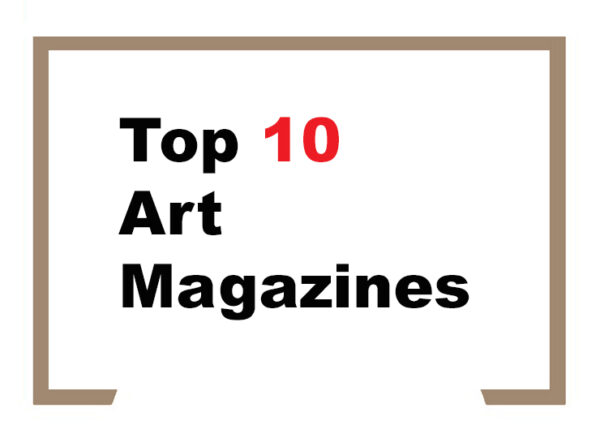
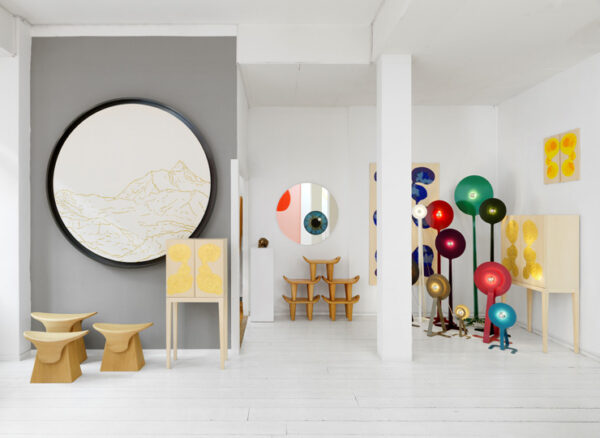
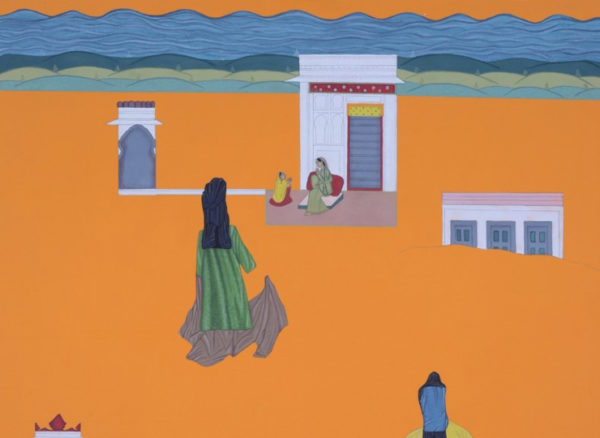
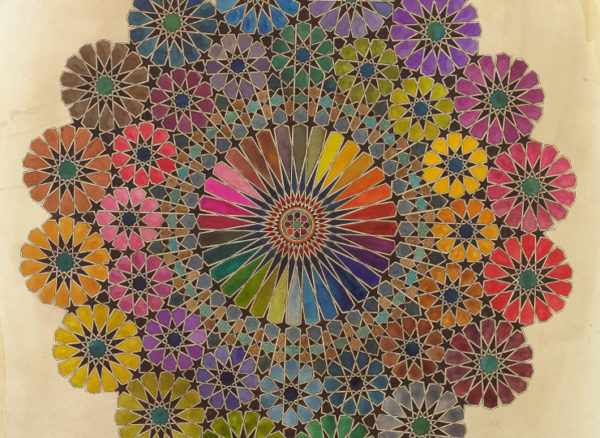
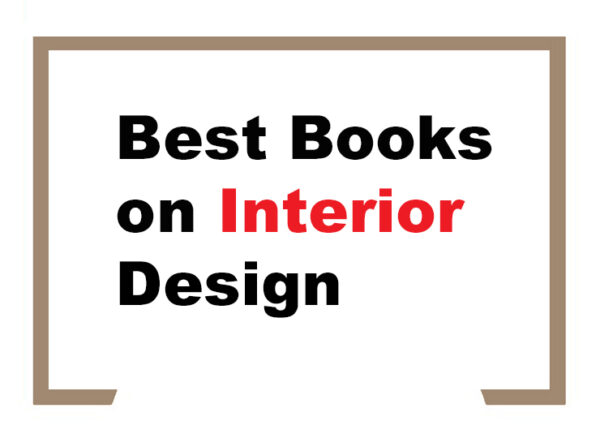
Comments